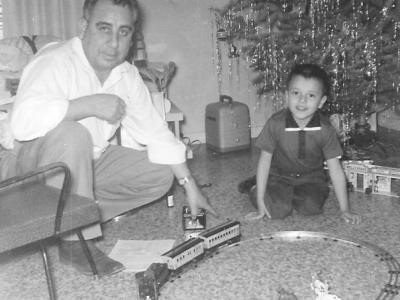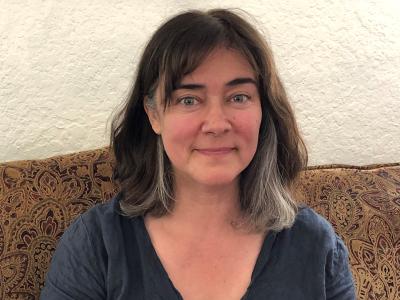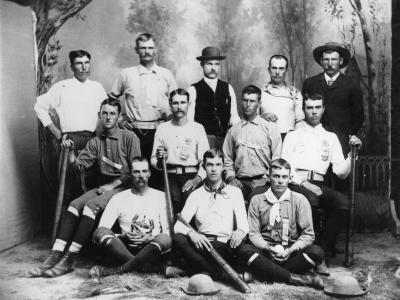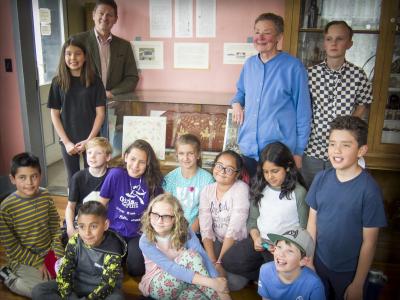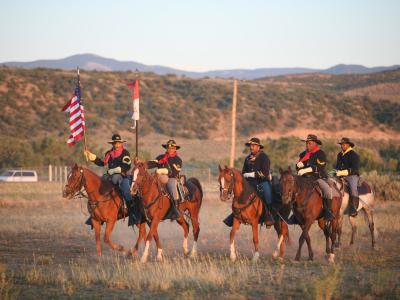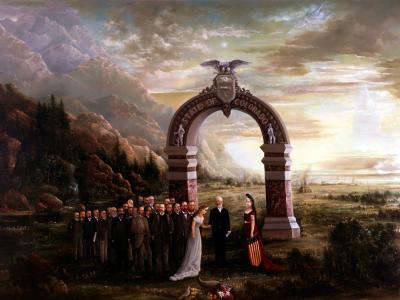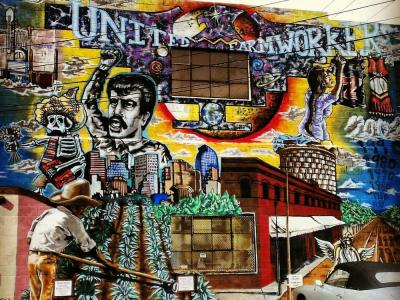
Publications
The Colorado Magazine
The Colorado Magazine gives voice to writers who share our passion for the past and the Centennial State.
Hindsight 20/20
How will 2020 go down in history? In the Hindsight 20/20 project from The Colorado Magazine, twenty of today's most insightful historians and thought leaders share their visions of how 2020 will go down in history.
Subscribe to The Colorado Magazine
- Subscriber membership
-

